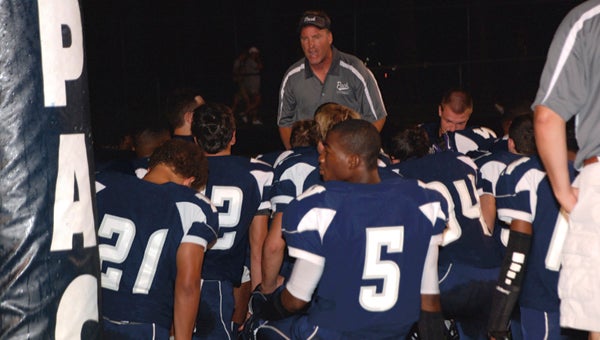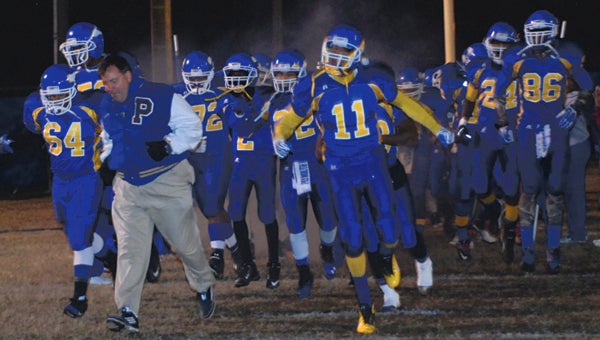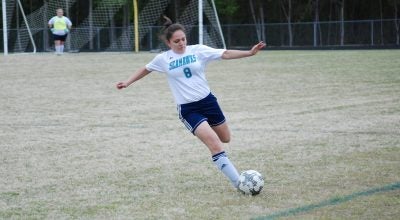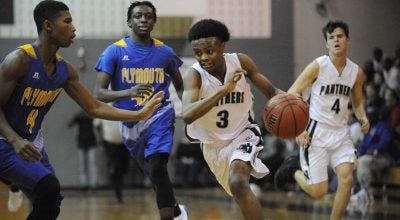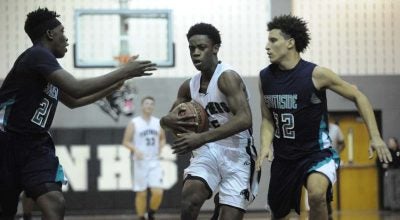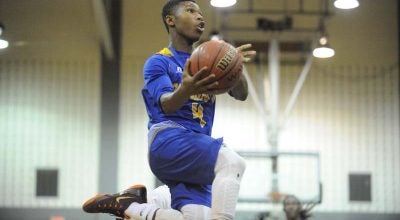Sawyer, Cody named WDN Co-Coaches of the Year
Published 8:42 pm Friday, December 20, 2013
Before they rewrote the record books, they first had to reinvent their playbooks.
Despite graduating his quarterback, middle linebacker and the entire starting backfield from last year’s state championship football team, Plymouth coach Robert Cody’s revamped Vikings were able to win 14 straight games to extend the program’s overall winning streak to a school-record 27 and reach the state title game for the second straight season.
In Washington, coach Sport Sawyer had to cope with the loss of star QB Jimmy Williams, the 2012 WDN Offensive Player of the Year, who helped the Pam Pack reach the third round of the playoffs for the first time since 1956.
Though there was no Williams, or even last year’s backup, the Pam Pack hit new heights this season. Washington (12-3) won the Eastern Plains Conference and soared to the state semifinals for the first time since that ’56 season, while its 12 wins were school record.
Instead of dwelling on what they didn’t have, the two coaches figured out the best way to use what was in stock, and in turn Sawyer and Cody were named the Washington Daily News Co-Coaches of the Year.
The honor is the first for Sawyer and the eighth for Cody.
For the past three years Sawyer’s Pam Pack ran the midline option offense mixed in with some spread principles.
This season, Sawyer abandoned the midline and began the season with the spread. However, in that system only one or two backs can play at a time.
With a roster full of talented rushers like Markel Spencer (1,936 yards, 17 TDs), Stevie Green (1,548, 16 TDs) and Trey Spruil (576, 3 TDs), Sawyer needed away to get his best athletes on the field.
With that in mind, he introduced the shotgun wing-T attack to his offense by Week 5, and the move helped spur a 10-game winning streak that didn’t end until the fourth round of the NCHSAA 2-AA playoffs.
“In the early stages of the year we were trying to see what we were good at offensively,” Sawyer said. “As the season went on we wanted to get more running backs touches. By the end of the season we were able to rush for over 4,000 yards.
“With the wing-T (which uses three backs) we had more options running the ball.
“It’s a credit to our coaches and our players that they were able to adapt to that midseason. We did it gradually and they picked up on it really well.”
Sawyer said this season’s success would not be possible without the help of assistant coaches Jon Blank, Fritz Tanner, Jerome Tyson, Steve Flowers, Gil Broadway, Ronnie Woolard, Alex Heck, Johnny Rodman, Kent Hill and Eric Peartree.
Over in Plymouth, the wing-T has long been the weapon of choice for Cody, who wrapped up his 29th year of coaching with a 14-1 record, his third state title game appearance and his eighth WDN Coach of the Year award.
What made this season different was that Cody added some pop to his attack, or should I say a shotgun.
With the ultra-athletic first-year quarterback Malik Webb behind center, Cody sprinkled in some wing-T shotgun formations that not only kept the threat of his main running plays alive, but added some new ones.
“We lost a lot of players from last year’s championship team, but we were able to find a way to rebuild our defense and take some young kids and make them ballplayers on the offensive side of the ball,” Cody said. “It was a real joy to coach this team.”
Under the gun, Webb, basically became an extra rushing threat to go along with tailbacks Demarkice Price and Chad Dance, and fullbacks Demetrius Davis and William Hollingsworth.
The new system took the area by storm as the Vikings finished the regular season with an undefeated record to win the Coastal 10 Conference and clinch the East.
“We just had the right athletes for it,” Cody said.
By the end of the season the Vikings had four players rush for over 700 yards and three (Dance, Webb and Price) run for over 1,000.
Like Sawyer, Cody said the team’s success would not be possible without assistant coaches like Corey Crossen, Marvin Davenport and Alan Swain. Cody also credited the youth leagues for helping develop his players from a young age.
“We have a great rec program and a great JV coach,” Cody said. “We have great feeder programs and it’s a big help.”


